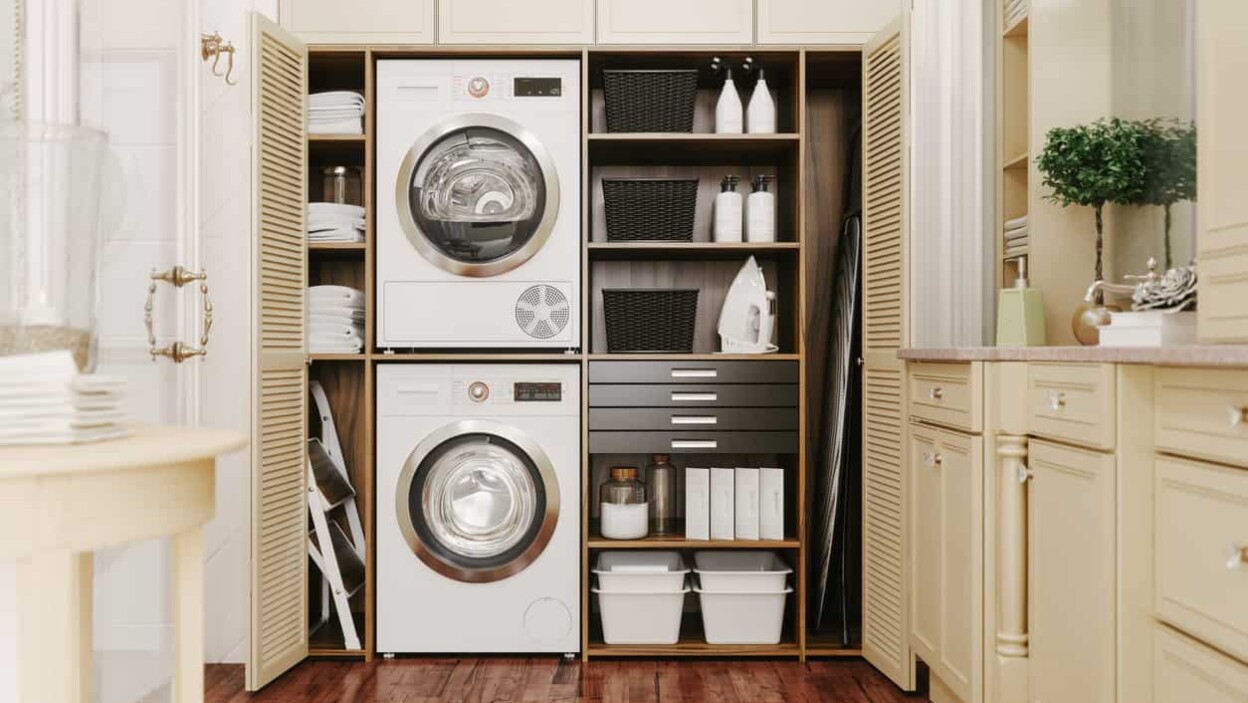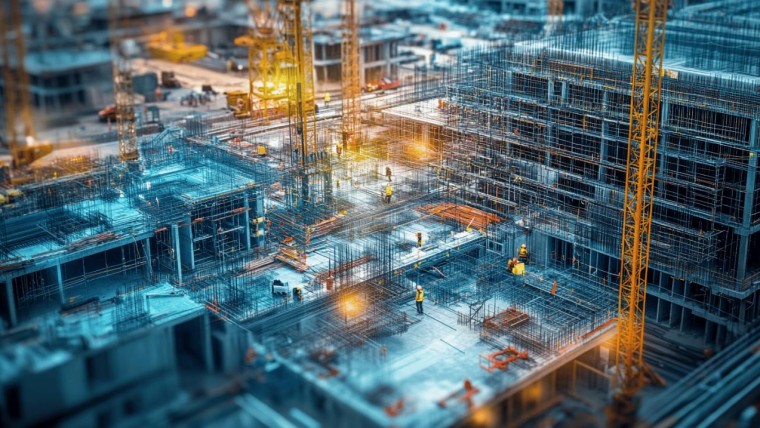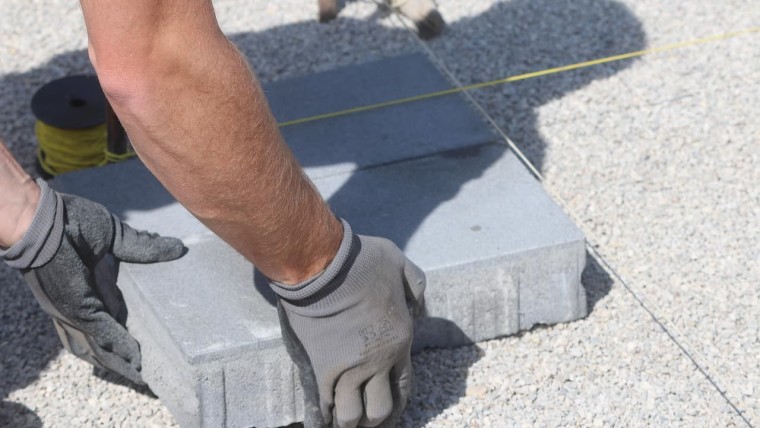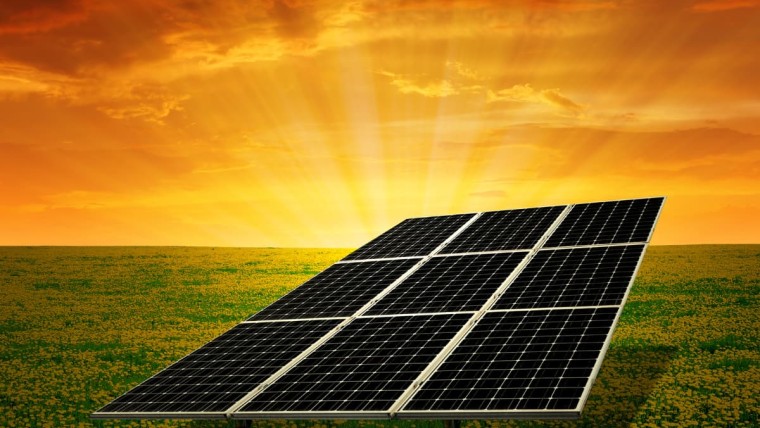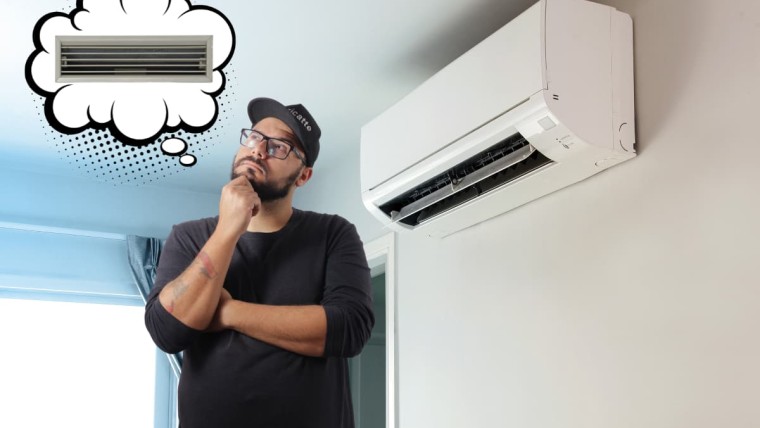3 major technologies of dryers coexist: evacuationthe condensationand the heat pump. While the vented dryer is very efficient, it also uses a lot of energy and needs to be vented to the outside.
The condensation dryer solves this last problem, and comes with its share of modernity at the level of the drive motors which consume less. The heat pump dryer is becoming more and more widespread, with promises of energy savings in relation to others.
In this article we are going to ask ourselves if it is better to buy a heat pump or a condensation dryer, observing their differences in terms of consumption, price, reliability, or maintenance requirements. The answer is not the same for everyone.
The differences between heat pump and condensation dryers
Here is a table summarizing the main differences between the two heat pump dryer technologies, before going into more detail on each difference
| Condensation dryer | Dryer Heat Pump | |
| Speed of cycles | about 2 hours | about 3 hours |
| Air heating technology | Electric resistance | air-to-air heat pump |
| Purchase price | about 350-400€ and more | about 500-600€ and more |
| Influence on the room climate | Overheating of the room due to very hot air in the drum | No overheating because of lower air temperature |
| Place of installation | All rooms | Heated rooms |
| Fragility | Average | Higher due to technology in place |
| Influence on the condition of the linen after use | Can damage laundry due to high air temperatures | Low temperatures prevent the laundry from being damaged |
| Need for maintenance | Average (filters to be cleaned) | High (Filter + condenser to be cleaned) |
| Electricity consumption | High | Low (about 30% less than a condensing model) |
Slower drying cycles with a heat pump dryer
Where a condensation dryer uses a basic heating element to heat the air and dry the clothes, a PAC dryer uses the ambient air in the room via a heat pump. Consequently, the rise in temperature of the air in the drum is much less violent, which lengthens the drying cycle from 30 minutes to 1 hour.
In addition, the final air temperature reached in the drum is not as high with a heat pump model. Indeed, a condensation dryer can reach an air temperature of 80°C, while heat pump models are limited to 55 or 60°C. This extends the drying time.
Air heating technology
The condensing dryer uses a conventional heater as in the vented models. Electricity is converted into heat. This is an expensive process in terms of electricity, which allows to reach high temperatures of air to dry faster, but which can damage the linen.
The heat pump dryer uses an air-to-air heat pump. This means that the heat pump uses the air in the room where the dryer is located (bathroom, laundry room, etc.) to extract its calories and transfer them to the air in the dryer drum. This process exists thanks to the refrigerant circuit that makes up the heat pump: evaporation of the refrigerant in the air of the room, condensation in the air of the drum.
Heat pump technology also requires electricity to operate, but about 75% to 80% less than a resistor to return the same energy to the air. Hence some of the savings we'll talk about later.
Purchase price of heat pump dryer vs. condensation dryer
Most qualitative models of heat pump dryers are not to be found for less than 500€. The most famous brands are LG, Bosch, or Beko. This is normal because the heat pump is a system that is a little more technical than a simple resistance, and which includes among other things a compressor and a condenser, just like in a refrigerator.
For condensation dryers, a good appliance costs about 350 to 400€, but can also cost more depending on the brand chosen.
The price difference between the two models is about 150€.
Influence on the room climate
When your condensing dryer is running full blast, you know the feeling of intense heat in the room. It comes from the very hot air in the drum transferring some of the heat into the room.
With a heat pump dryer, it is gentler. Indeed, the air temperatures being lower, the appliance is not burning and the temperature of the room does not rise too much, which can be more pleasant.
Installation location of the dryer
The advantage of a condensing dryer is that it can be installed anywhere. There is no need for an exhaust duct, and no need to have a room at room temperature. So you can put it in a garage, or any other sheltered room, whatever.
However The heat pump dryer should preferably be installed in a room at room temperature.. In fact, it works with a heat pump that draws energy from the air in the room. Having air at the right temperature enhances the dryer's performance and reduces energy consumption. Its coefficient of performance would drop if placed in a cold room, so it would consume more electricity, but this is possible.
Fragility of the PAC dryer vs. the condensation dryer
The condensation dryer is not too fragile. The only thing to do is to clean the lint filter or the condensation tray.
For a PAC dryer model, you will have to do the same thing, but in addition you will have to check the condition of the condenser and clean it if necessary, or clean the evaporator filter every two weeks or as instructed by the manufacturer. If you do not do this, the machine will become more fragile.
If you're tired of your T-shirts still being too small after 3 or 4 times in the dryer, the heat pump dryer might just solve your problem, as it is more delicate.
Influence on the condition of the laundry after use: condensation dryer vs PAC
Given the high temperatures (80°C) reached in the drum of a condensation dryer, the laundry can quickly become damaged, shrink, etc. With the heat pump system, however, the laundry is less damaged due to the lower temperatures.
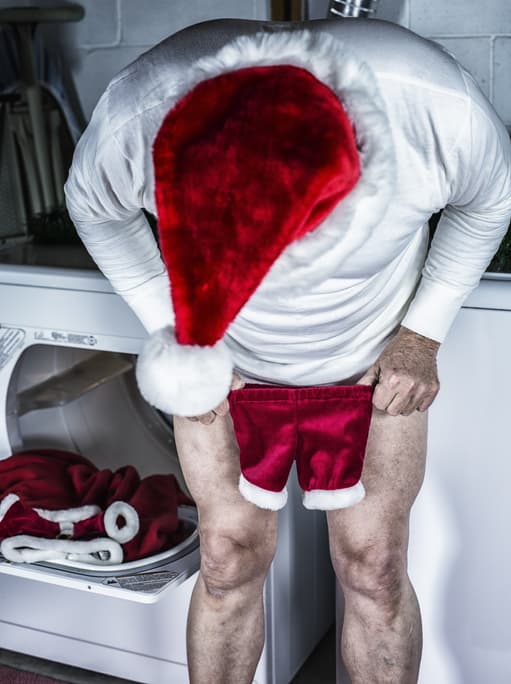
Need for maintenance CAP vs Condensation
The heat pump dryer requires much more maintenance than the condensation dryer. They are equipped with additional filters to protect the heat pump components. In particular, an evaporator filter must be cleaned every two weeks, one month, or according to the instructions of the brand of dryer.
The condition of the condenser should also be checked regularly and cleaned if necessary.
The need for more maintenance puts the consumer in front of his own discipline, and can in case of forgetfulness or negligence, generate a breakdown more quickly.
However, new automatic cleaning technologies are increasingly present: in particular, Bosch's Autoclean technology, which eliminates the need to clean the lint filter because the lint accumulates in a tank that must be emptied every 20 cycles. Or Bosch's SelfCleaningCondenser technology which automatically cleans the condenser.
Electricity consumption Dryer PAC vs condensation
This is the main reason for choosing the heat pump model. The heat pump makes it possible to generate warm air for less than with a resistance. Indeed, the air-to-air heat pump works wonderfully in ambient air conditions of 20°C for example. Its coefficient of performance is generally excellent around 3 to 5, which means that to heat air at a certain temperature, 3 to 5 times less electricity is used than with a conventional resistance.
Energy savings due to the heat pump of the PAC dryer
One of the main arguments of the manufacturers of heat pump dryers is the energy savings they offer compared to their evacuated or condensing cousins.
To be totally transparent, I took the 10 best-selling heat pump dryers and compiled their annual energy consumption declared on the energy label.
The annual consumption in kWh/year indicated on the energy label is based on 160 standard drying cycles for cotton in full load and half load (average of both). This also takes into account the standby consumption of the appliance. This is a theoretical consumption, as the actual consumption depends very much on the usage of the appliance.
| HEAT PUMP CLOTHES DRYER | Annual consumption Kwh/annum |
| Bosch WTH85V02FF | 236 |
| Candy Smart CSO4 H7A1DE-S | 269 |
| Clothes Dryer 7 Kg BEKO DHP73W | 277 |
| Bosch WTH83002FF | 243 |
| Beko DH10444PX1W | 278 |
| Electrolux EDH4284TOW | 235 |
| Haier HD90-A636 | 236 |
| Bosch WTH85VX0 Series 4 | 212 |
| Beko DRY833CI | 176 |
| Hotpoint NT M11 8X3E IT | 175 |
| CONDENSATION DRYER | Annual consumption Kwh/annum |
| Bosch WTN85V07FF | 499 |
| CANDY CSOEC10DG-S | 670 |
| CANDY CSEC9DG-S | 617 |
| INDESIT YTCM108BFR1 | 562 |
| Whirlpool FFTCM118XBFR | 562 |
| Bosch WTG85409FF Series 6 | 616 |
| CANDY CSOEC10TREX-47 | 670 |
| Electrolux EW6C4853SC | 561 |
| BEKO DCB7114GA0W | 504 |
| VALBERG DC 8 B W566C | 561 |
Consumption of heat pump dryers vs. condensation dryers : results
Based on 10 best-selling models of each type of dryer:
- Average annual electricity consumption for a heat pump dryer is 243kWh/year
- The average annual electricity consumption of condensing dryer is 582kWh/year
- Therefore on average A heat pump dryer has a lower consumption of 60% than a condensation dryer.
- The difference in consumption represents on average 340kWh. What at 0.18€ / kWh represents a annual savings of 60€.
These values being theoretical, the values that you will obtain in practice will depend on your use and your respect of the manufacturer's instructions for use.
Price comparison between heat pump and condensation dryers
Given the heat pump system included in heat pump dryers, it is logical to see a price increase compared to condensing dryers that only have an electric resistance.
Based on the 10 best-selling models on the market, here are the prices.
| HEAT PUMP CLOTHES DRYER | Price in € including VAT |
| Bosch WTH85V02FF | 545€ à 649€ |
| Candy Smart CSO4 H7A1DE-S | 560€ à 650€ |
| Clothes Dryer 7 Kg BEKO DHP73W | 400€ à 470€ |
| Bosch WTH83002FF | 540€ à 640€ |
| Beko DH10444PX1W | 630€ à 650€ |
| Electrolux EDH4284TOW | 540€ à 620€ |
| Haier HD90-A636 | 500€ à 650€ |
| Bosch WTH85VX0 Series 4 | 600€ à 630€ |
| Beko DRY833CI | 530€ à 680€ |
| Hotpoint NT M11 8X3E IT | 810€ |
| CONDENSATION DRYER | Price in € including VAT |
| Bosch WTN85V07FF | 420€ à 510€ |
| CANDY CSOEC10DG-S | 300€ à 430€ |
| CANDY CSEC9DG-S | 290€ à 530€ |
| INDESIT YTCM108BFR1 | 315€ à 410€ |
| Whirlpool FFTCM118XBFR | 380€ à 490€ |
| Bosch WTG85409FF Series 6 | 450€ à 590€ |
| CANDY CSOEC10TREX-47 | 320€ à 420€ |
| Electrolux EW6C4853SC | 390€ à 510€ |
| BEKO DCB7114GA0W | 400€ |
| VALBERG DC 8 B W566C | 290€ |
Price of heat pump dryer vs. condensation dryer : results
Based on 10 best-selling models of each type of dryer:
- The average selling price of a heat pump dryer is 605€ T.T.C
- The average selling price of a condensation dryer is 406€ including VAT
- Therefore, On average, a heat pump dryer is 200€ more expensive than a condensation dryer.
Final opinion: Should I choose a heat pump or a condensation dryer?
As mentioned above, the average annual saving with a heat pump dryer is €60 per year. This, compared to the price difference of 200€ with a condensation dryer, gives us a return on investment of about 3 years, assuming that the price per kWh does not increase.
This return on investment is quite fast, however the difference of 60€ in consumption is not huge. Therefore, the argument of energy savings with a heat pump dryer is valid and interesting, but it is not enough to decide.
There are other arguments to consider when making a purchase decision:
The heat pump dryer takes better care of clothes thanks to lower operating temperatures
However, the heat pump dryer cannot be installed just anywhere
The condensing dryer without heat pump requires less maintenance than the heat pump model
The heat pump dryer takes a good hour longer.
Therefore the dryer is well suited if :
- You have 500-600€ or more for your purchase, and you are sensitive to energy savings.
- You have a room at room temperature in which to place it
- You have already had bad experiences with traditional dryers because of the damaged or shrunken line and this is your main barrier to purchase
- You don't mind waiting a little longer for the laundry to dry properly
- You are rather disciplined about maintenance
- You are a very large clothes dryer, in which case the savings increase proportionally
You will prefer the condensing dryer if:
- You don't have a budget of 500-600€ to get a quality model
- You prefer it to be quick
- You want to install the dryer in a cold room, garage, cellar, etc.
- You occasionally forget about filter maintenance for several cycles, and you don't plan to change 😉
And if not...
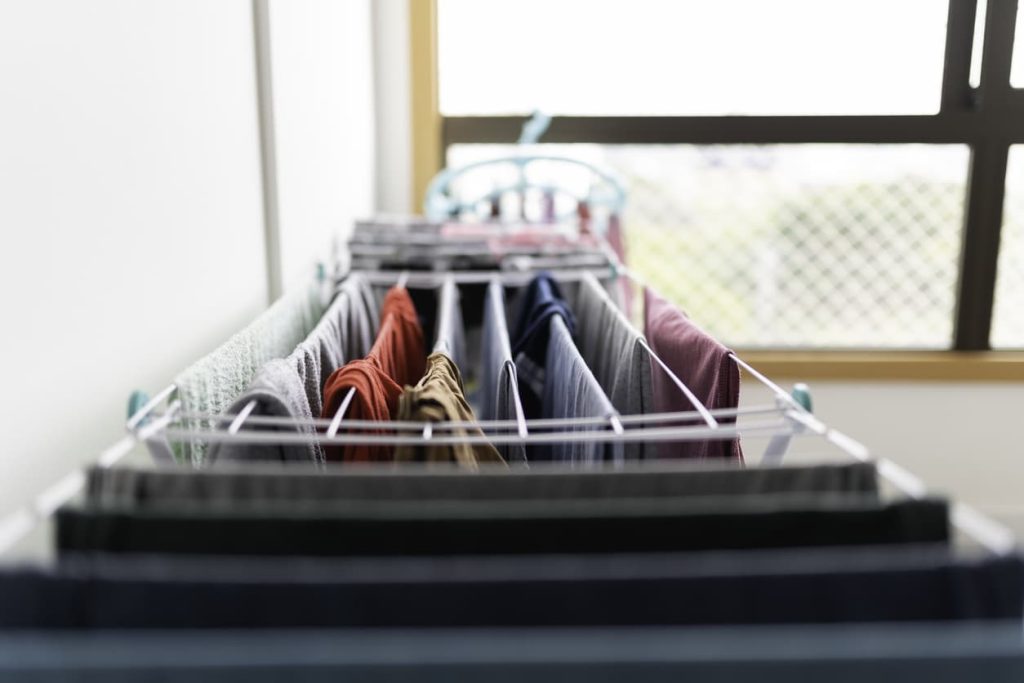

Julien G.
Julien, diplômé en ingénierie mécanique et spécialiste en génie climatique depuis 2009, s'est reconverti en rédacteur spécialisé en énergies renouvelables, avec une expertise en pompes à chaleur et panneaux solaires photovoltaïques pour l'habitat individuel.
